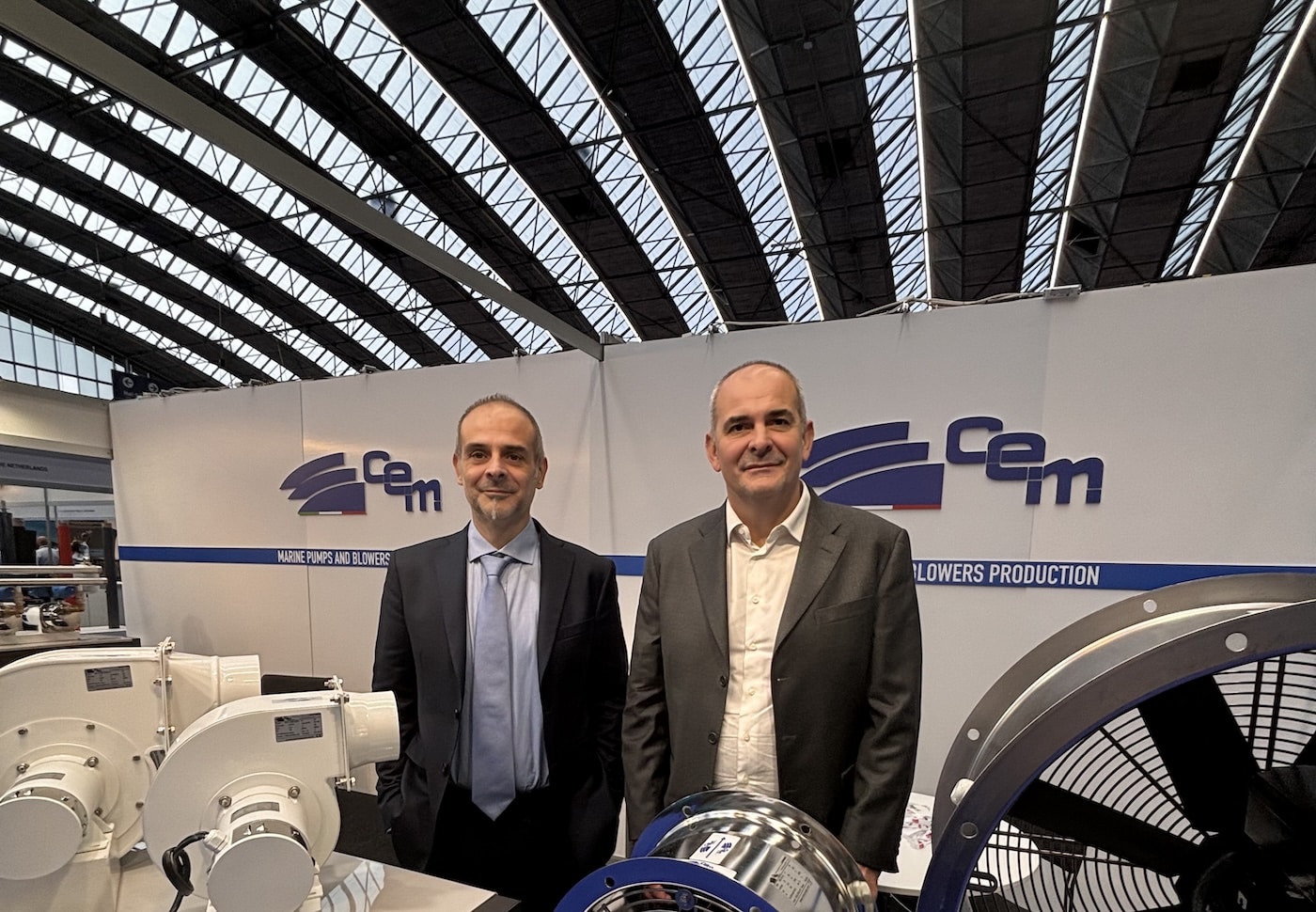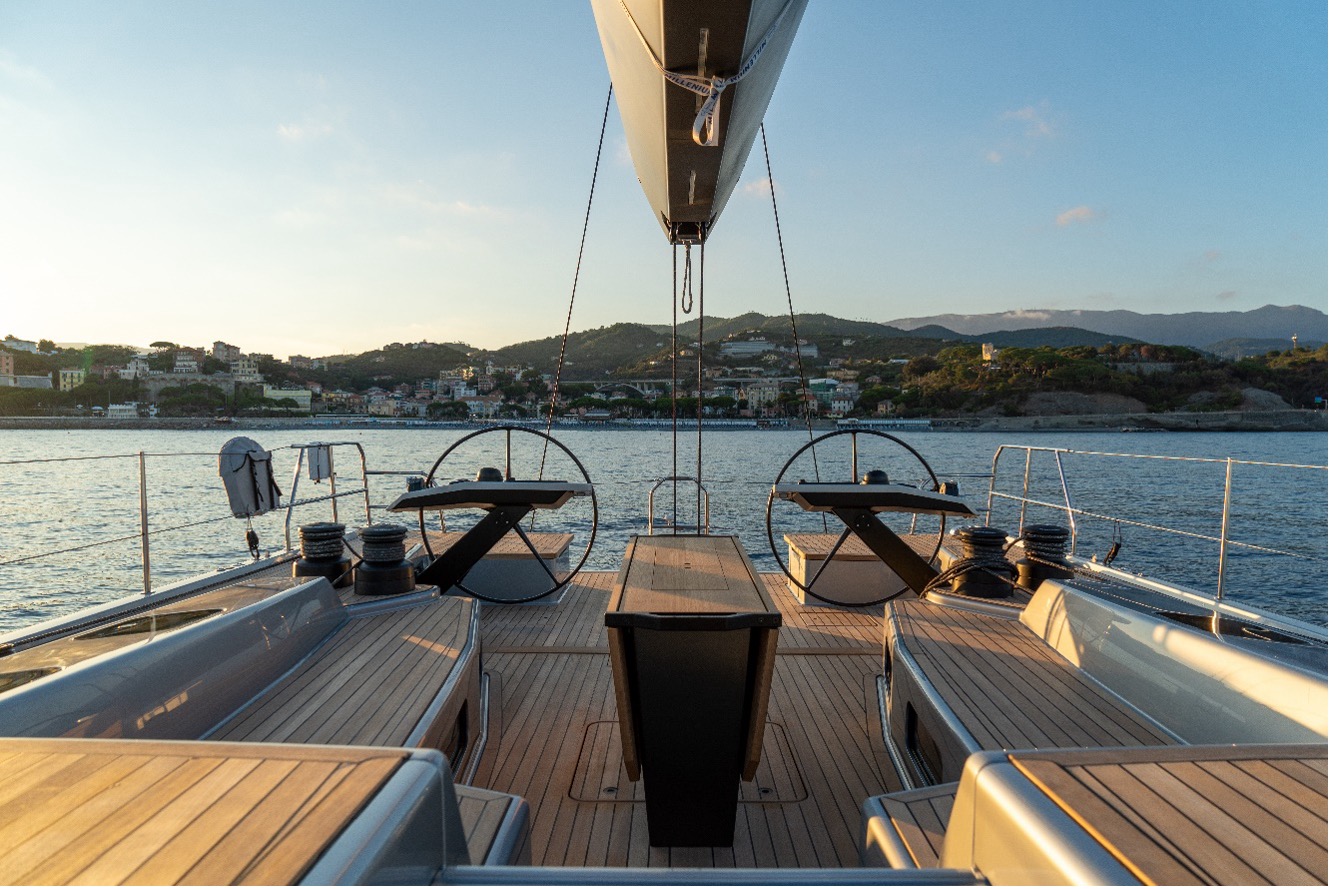Leggi l’articolo in italiano
The time of cruises has come.
We have already seen what to check in our boat’s engine, batteries and deck equipments before sailing off; now, it’s time to check sea chests, whose break might cause some unpleasant consequences.
Let’s start from the enemy number one: the on-board wc. Modern pumps usually don’t need a particular maintenance but rather a constant care. When we use our boat after a long period of inactivity, once we have tested the circuit by pumping some water from outside, we have to check the eventual presence of water losses or if the draft is not possible or it is difficult.
In the first case, we have to check if clamps are properly fixed and, if they are oxidised, we have to replace them. If the pump doesn’t take water, maybe some impurities, picked in the harbour water, have entered. In this case, we have to dismantle the upper part of the pump, that one which is closed with four screws just before the knob, clean with water and close it.
If sea chests are hard, we mustn’t force them. On the contrary, we must use some CRC and repeat the opening and closing move graudally until it is ok. In the hope that we have remembered to wash the system with some neutral detergents, when we return to use our boat after winter, it is very likely that there are some limescale in all the circuit. We don’t need any specific products. It’s sufficient to pour a blend of fresh water and white vinegar in the wc and let it act for some hours.
Also in this case, maybe more than ever, we must have some spare parts, like valves and seals.
Then, it’s the turn of bilge pumps. Ordinary maintenance consists in a constant cleaning, which will reduce the risk of problems.
But let’s see what a check at the beginning of the good season consists of. The manual bilge pump is very simple and we only need to check its membrane, which must be elastic and in good conditions. The electric pump, on the contrary, has a rubber impeller like in an engine. So, we must check and, if we don’t want to replace it every year as we suggest for the engine’s one, verify that wings don’t have cracks or wear signs, otherwise we have to replace it. In immersion pumps, it’s important to clean filter and impeller well and remove all solid remains like hair and other impurities.
Anyway, it’s important to have some essential spare parts on board, such as impellers, valves and membranes.
Even though we aren’t electricians (so if some serious damage occur we need to call an expert), we must always check services in advance: navigation lights, electric systems, on-board electronics. Let’s not give up in case of troubles: it often happens that the problem consists in a simple fuse to replace.
Then, watch out for equipments and their due dates. Fires, flares and raft have a due date that we must absolutely respect for safety reasons and in order to avoid fines. On-board fire extinguishers don’t have a due date but the law provides that they must be intact in their case and that, if they are provided with a charge indicator, the relative needle must indicate “full”.
Finally, let’s check the gas tube. If it’s made of rubber, its due date is printed on it; if it’s made of metal, not. In both cases we must verify that there are no wear signs or cracks.
We’ve seen that the list of checks and works is rather long. We suggest to you to write a sort of idenity card of your boat, with the indication of all the main information, works and checks to do and a little space where to note the achieved interventions down. This way, we’ll have a technical document which will help us to follow the adventurous life of our boat.





























